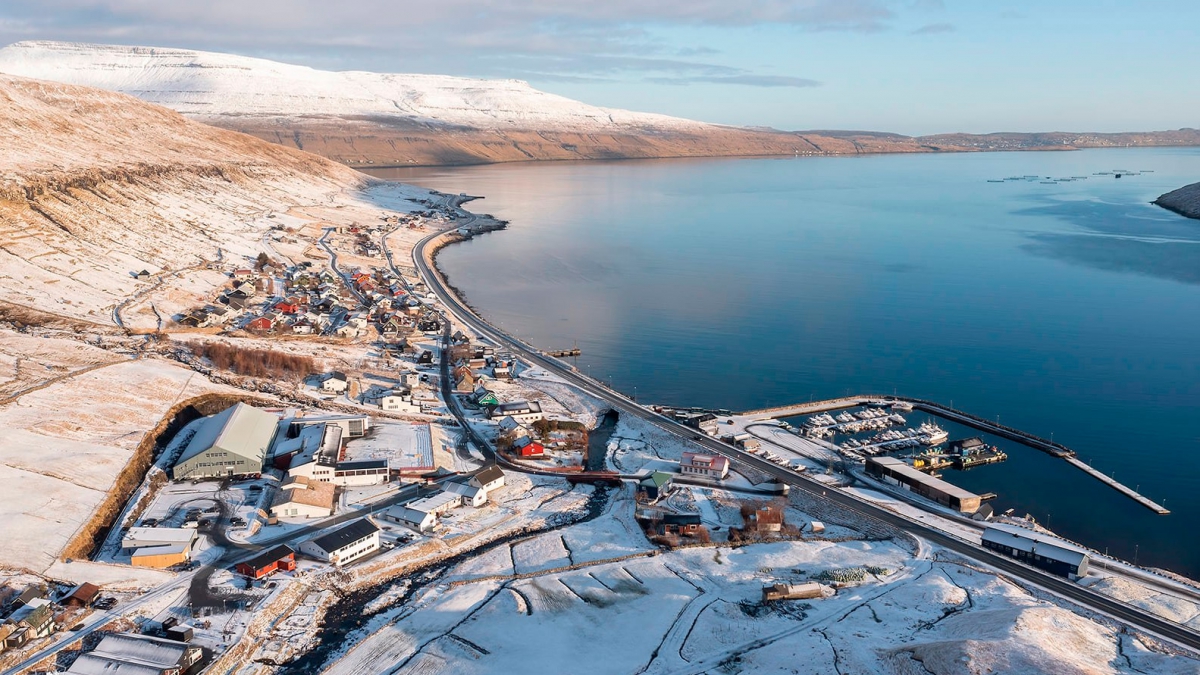Population
10. Mar 2022
Population was 53,752 on 1 February

One third of the population growth during the past year is caused by an excess-of-births figure of 246, and two thirds of the population growth stem from a net migration figure of 538. The population trend is determined by net migration (the difference in the number of immigrants and emigrants) and the excess of births over deaths. The graph below indicates a population growth on the rise.
[px-graph-1]
The past year
The steady growth of the present reaches far back in time, yet the trend differs significantly across the main areas of the Faroe Islands. All but one main area (Sandoy) saw their population grow during the past year. Suðurstremoy and Eysturoy saw the biggest increase (2.1%), while the population in the Sandoy area declined by 2.2%.
In all areas excluding Sandoy and Suðuroy, a positive excess-of-births rate was registered, while only Norðstreymoy and Sandoy registered a negative net migration rate.
The previous ten years
All areas north of the fjord Skopunarfjørður have seen their population grow since 1st February 2012. The biggest increase during this period was in Suðurstreymoy and Eysturoy (15-16%), followed by Vágar, Norðoyggjar and Norðstreymoy (5-11%). In the Suðuroy area, there has been little change to the population figure, while Sandoy is the only area in which the population has declined (5%). The graph below shows the population index for each area in the period 2012 to 2022.
[px-graph-2]
The uneven population growth has had an effect on the population distribution. The Suðurstreymoy area and Eysturoy area are more populous today compared to this time 10 years ago.
[px-graph-3]
Population figures have a one-month lag
The figures have a one-month lag due to delays in registrations, especially regarding address changes, where many registrations are made after the month of address change has ended. To accommodate as many corrections as possible, there is a one-month lag in the data.
About the population figures
The population is defined as all individuals registered in the national register as residents of the Faroe Islands. Population data includes date of birth, gender, place of birth, citizenship, relationship status, and, where applicable, information on immigration and emigration, domestically as well as between the Faroe Islands and other nations.
About the trend
The trend describes the population trend by adjusting for seasonal effects and other error components in the population figure.